
When you don't have a tumble dryer, drying laundry in winter is a constant battle. Long drying times, musty smells, and the risk of mold make this already tedious task that bit more annoying.
Not wanting to spend hundreds of dollars on a tumble dryer, I needed to find an alternative solution to covering my radiators and vents.
That's where the Ulten Portable Dryer from Walmart came in to save the day. Now, my radiators aren't buried beneath sopping laundry when I'm drying clothes indoors in winter.
Why I love my portable clothes dryer
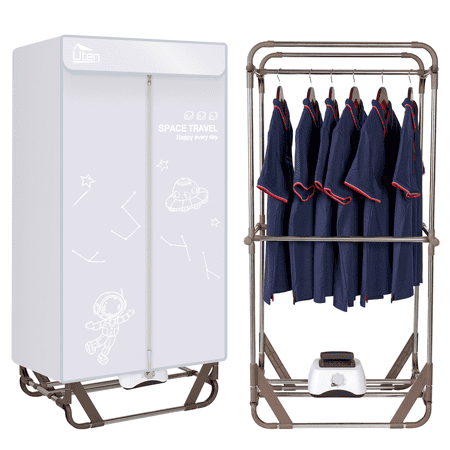
This portable clothes dryer comes with a 15000w motor to help dry clothes quickly no matter the temperature or the size of your home
The portable clothes dryer’s immediate pull was the compact size. It is nice and slim (no wider than a traditional clothes rack), so it easily slots into the corner of a small utility room or small living room. When not in use, it can be easily folded up and tucked away in under-bed storage ideas, too, so it doesn't cramp your living space.
I have tried various methods for drying clothes quickly without a tumble dryer, from hanging everything over heating vents, to spacing them out on an area in a well-ventilated spot, but nothing worked well enough to dry clothes in a small space – especially when I was already struggling to keep a poorly insulated house warm until I tried the compact heated airer.
How it works
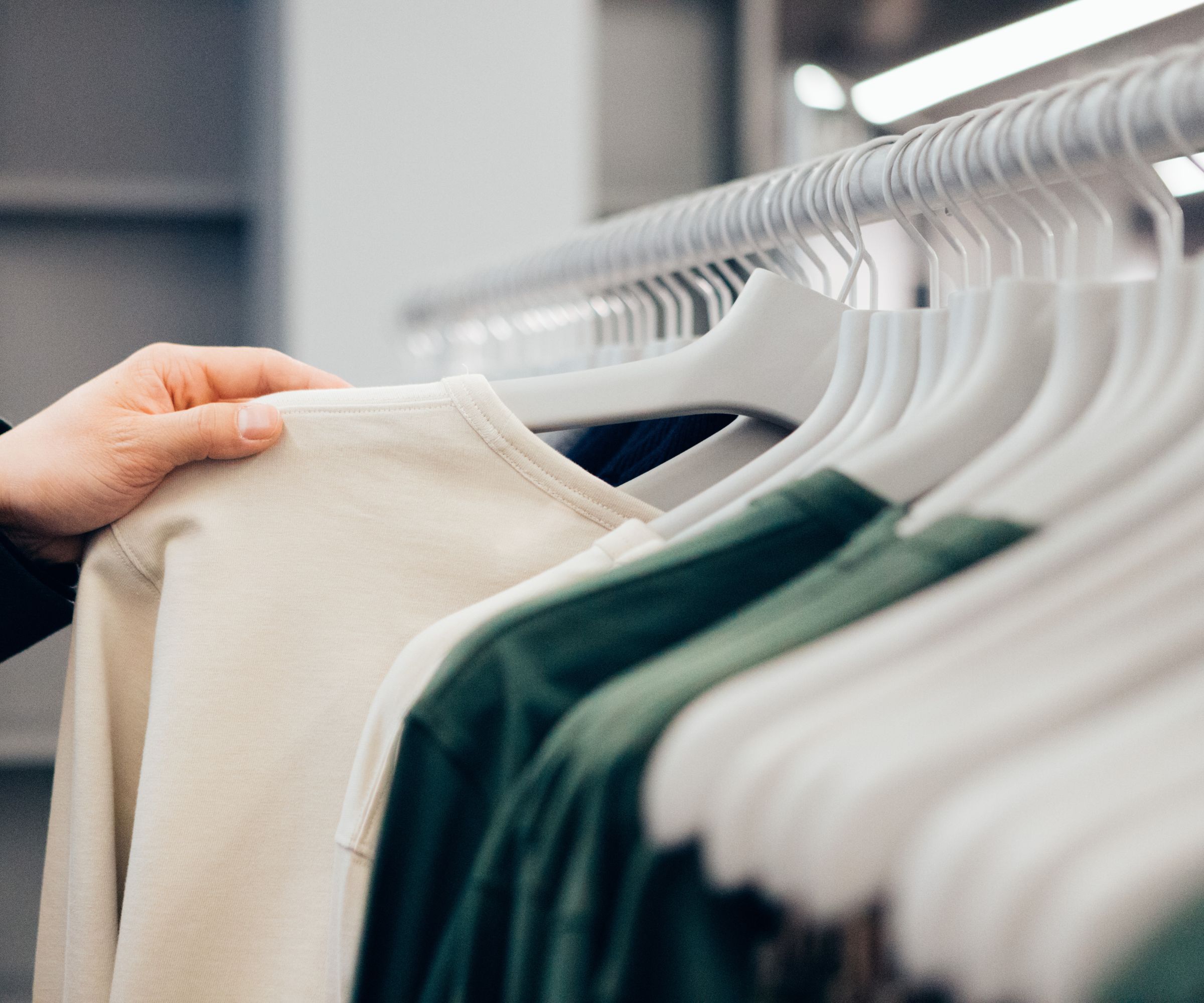
The dryer works by pushing warm air up and over the clothes, which is then trapped in the drying bag to circulate. Given that most of the benefits of air-drying laundry outside come from a gentle breeze, this is the best way to emulate the summer sun in the dead of winter.
But what sets this apart from putting washing on a radiator? The constant air flow helps to speed the process up, reducing the likelihood of mold developing on your laundry, and helping laundry smell nice beyond laundry day.
Rinea Blanchard, founder and CEO of Superior Contract Cleaning explains, ‘Improperly ventilated and dried organic items (including clothes) invite mold growth. Mold grows when the following equation is met: organic matter and moisture. Having damp clothes put in the closet can allow moisture to accumulate, and since most closets are of wood (organic), this is the perfect breeding ground for mold.
‘This is especially true in more humid climates, like Florida or Louisiana, for example. Hence, a product like a heated airer could help dry out clothes to prevent moisture accumulation.’
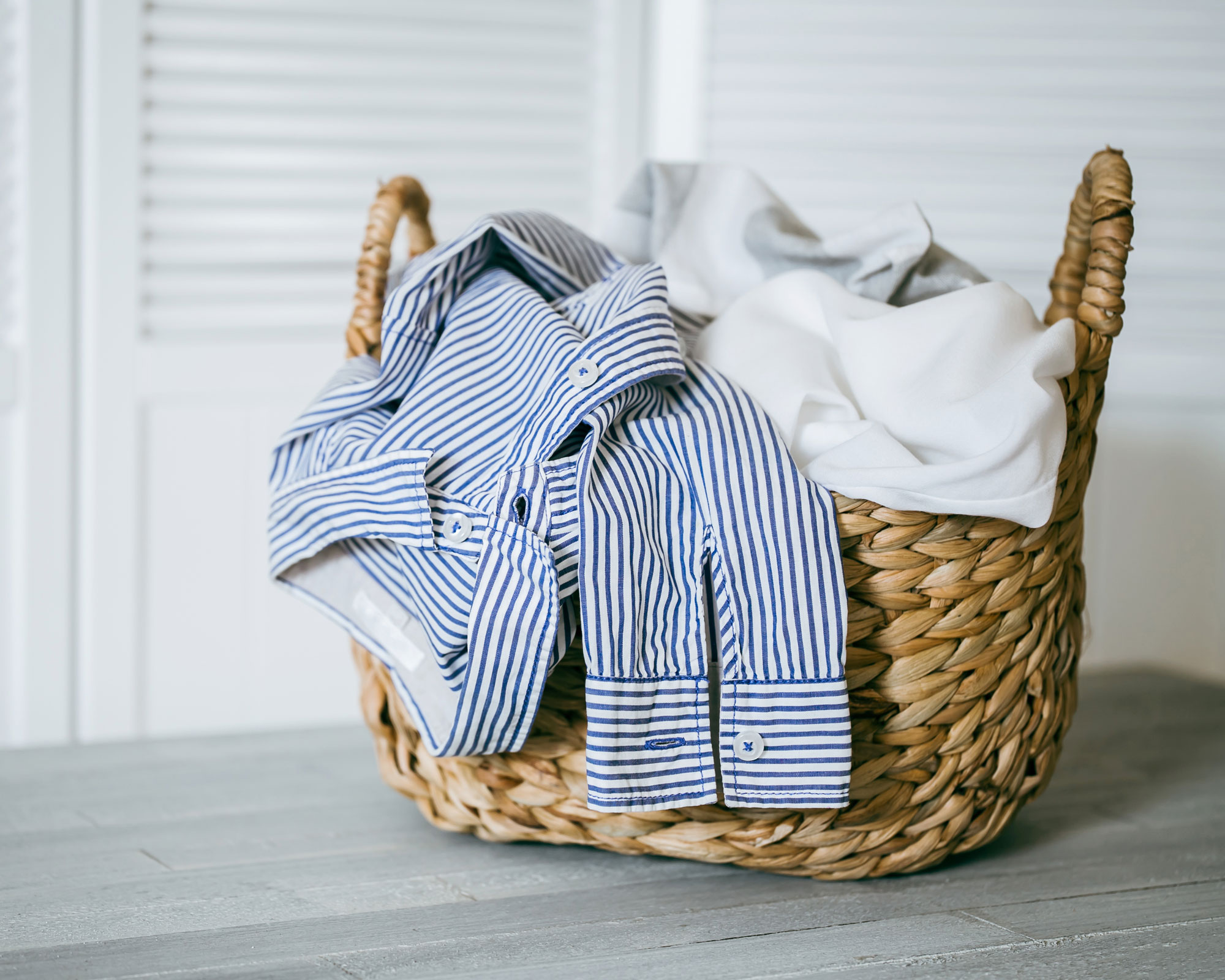
There are some key heated airer mistakes to avoid, however, if you want to see results. Not covering the clothing as it dries will allow the heat to escape, slowing the process down again. You should also avoid overfilling the air or clothes bag. The more space you leave the more room there is for air to circulate and dry your clothes.
Perhaps the most important feature of this dryer was the low running cost, helping me save money on laundry. The average tumble dryer costs around 30-90 cents to run per hour. This handy dryer only costs approximately 18 cents per hour, not to mention it is a lot more affordable than many of the best tumble dryers, so you see the savings immediately. It also has a timer, so you can control exactly how long it runs.
It was not all plain sailing, however. There is no denying that drying clothes on an airer or a heating bag takes longer than a tumble dryer – and you often cannot dry as much in one go. You need to get good at sorting clothes for laundry and adjusting to smaller cycles when doing laundry to ensure you have enough room for everything to dry afterward.
What to shop
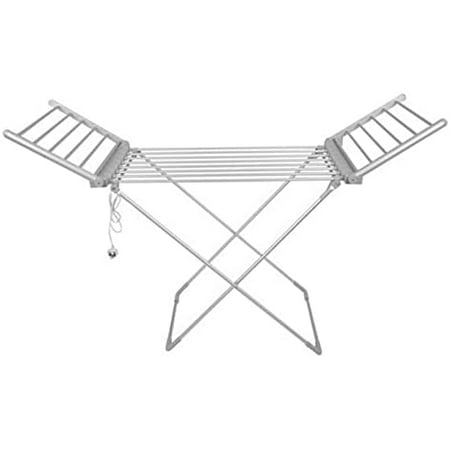
If you need more space to dry large laundry loads, this gull-wing dryer offers all the space you need. Try our heated airer trick to speed up drying and throw a dry bedsheet over the top to trap warm air
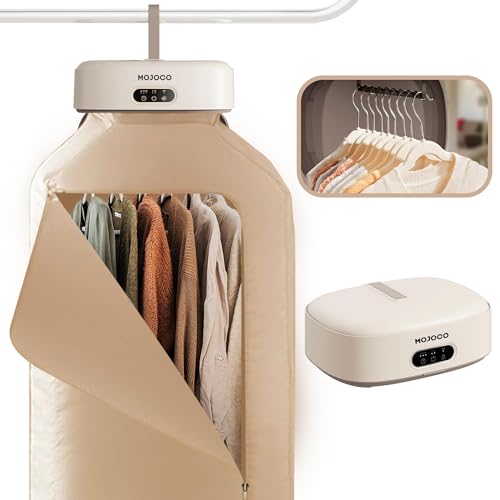
If you're on the other side of the spectrum and have even less available space to dry clothes indoors, try this clothes rail hanging dryer. It hooks onto an existing rail to save space in living areas
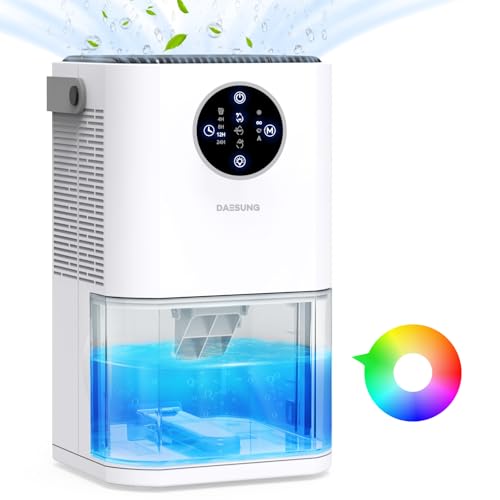
Drying clothes inside always comes with the risk of mold. To prevent mold growth on your clothes and around your home, use the best dehumidifier. It can even help speed drying times up, too
As with anything, there are pros and cons to drying clothes indoors, no matter what method you use, so it is worth weighing them up before deciding on a laundry approach that suits your household.







